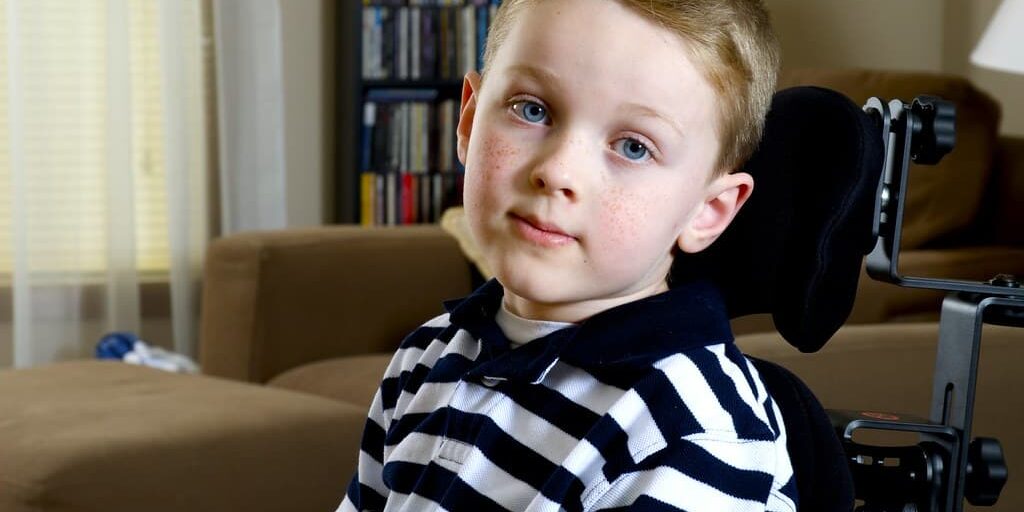Spinal Muscular Atrophy (SMA) is a rare and potentially life-threatening genetic disorder that affects the motor neurons in the spinal cord, leading to progressive muscle weakness and atrophy. SMA primarily impacts infants and children, and the symptoms can range from mild to severe. In recent years, medical researchers have dedicated significant efforts to understanding the underlying causes of SMA and developing innovative treatment approaches, bringing hope to patients and their families.
Understanding the Genetic Basis
SMA is caused by mutations in the Survival Motor Neuron 1 (SMN1) gene, which plays a vital role in the production of a protein called SMN. This protein is essential for the survival and function of motor neurons that control muscle movement. The severity of SMA is influenced by the amount of functional SMN protein produced by a backup gene, SMN2. The lower the amount of functional SMN protein, the more severe the symptoms.
Medical Research on SMA
Genetic Therapy
Recent medical research has focused on developing gene therapies to treat SMA. Gene therapy is a technique that allows doctors to treat certain diseases by altering a person’s genetic makeup, as opposed to using medicines or surgery. One such breakthrough is the approval of the first-ever SMA gene therapy drug, Zolgensma. This one-time intravenous treatment aims to replace the missing or nonfunctional SMN1 gene with a functional copy, providing the body with a continuous supply of SMN protein. The therapy has shown remarkable results, significantly improving motor function and extending the lifespan of children with SMA.
Drug Therapies
In addition to gene therapy, researchers have explored drug-based treatments to manage SMA. A notable, FDA-approved medication is Spinraza (nusinersen). Spinraza works by increasing the production of functional SMN protein from the SMN2 gene, mitigating the effects of the SMN1 gene mutation. This intrathecal (the area between the spinal cord and the membrane that protects it) injection has demonstrated considerable efficacy in slowing disease progression and improving motor function in children affected by SMA.
Supportive Care
Medical research has also emphasized the importance of providing comprehensive supportive care for SMA patients. Physical therapy, occupational therapy, and respiratory support are essential components of managing SMA symptoms and maintaining a higher quality of life. Researchers continue to investigate how different therapies can be tailored to suit individual patient needs, optimizing their overall well-being.
Spinal Muscular Atrophy remains a challenging and devastating genetic disorder that affects thousands of individuals worldwide. Continued investment in research and awareness is crucial to improving early detection, expanding treatment options, and providing comprehensive care for those living with SMA. With ongoing dedication from researchers, medical professionals, and support from the global community, we can look forward to a day when SMA is a fully manageable condition, allowing all affected individuals to live full and fulfilling lives.
To learn more about SMA, and how you can make a direct contribution towards research in Canada, you can visit the websites of Cure SMA Canada, or SMA My Way.
This page is also available in:
![]() Français
Français


